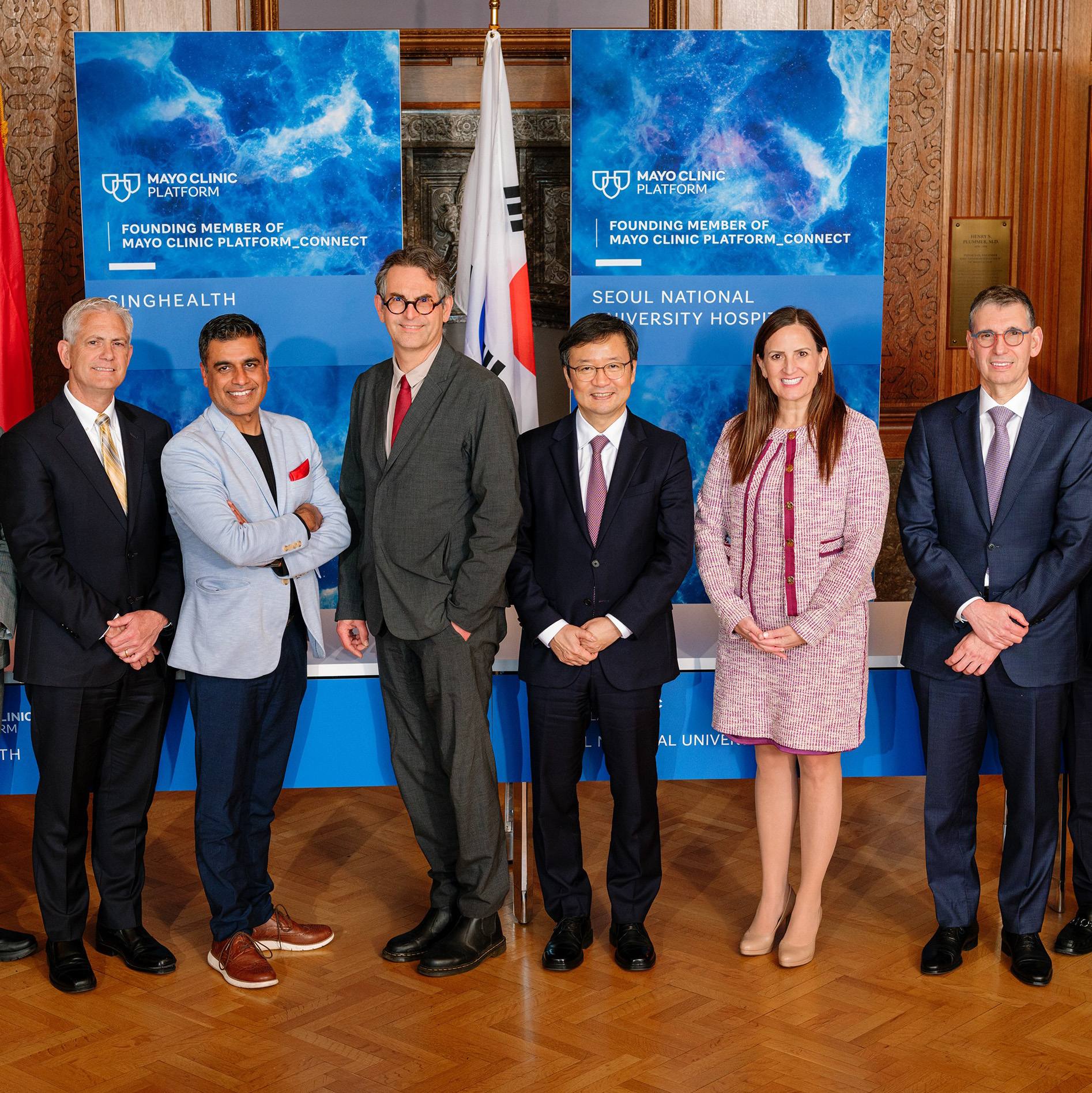-
Minnesota
Mayo Clinic, Partners Showcase New Tools to Share Medical Information Across Communities
What: Mayo Clinic and its partners in the Southeast Minnesota Beacon Community are showcasing their work through interactive demonstrations of live clinical information systems at the Healthcare Information and Management Systems Society (HiMSS) Conference & Exhibition. HiMSS is the world's largest health information technology industry organization, attracting more than 38,000 attendees annually to its conference and exhibition.
When: March 4–6
Where: Ernest N. Morial Convention Center, New Orleans
Participants: Mayo Clinic in Rochester, Mayo Clinic Health System, Olmsted Medical Center, Winona Health, Allina Hospital – Owatonna, Olmsted County Public Health, Rochester Public Schools, and Regenstrief Institute, Indiana
Demonstrations: At the HiMSS Conference, members of the Southeast Minnesota Beacon Community will demonstrate how health information can be transferred among its member institutions in real time:
- Peer-to-Peer Health Information Exchange — The first scenario demonstrates two exchanges. The first is an exchange of care continuity documents among all the Southeast Minnesota Beacon providers. This will include electronic medication reconciliation. Second, the group will demonstrate the exchange of Asthma Action Plans among practices and schools through the Beacon school portal.
- Ambient Warning and Response Evaluation interface (AWARE) — Acute care physicians sometimes face a frustrating situation when using electronic medical records to formulate treatment plans for patients. Developed by intensive care unit physicians, the AWARE interface highlights the most relevant data from each patient record, making it easier for providers to access the information they need to make sound decisions. This demonstration will include live interaction with a platform that synthesizes large amounts of data in a clinically relevant way for acute settings. This research is supported by a grant from the Center for Medicare & Medicaid Innovation
- Community Data Repository — This case demonstrates a clinical data repository containing quality measures such as readmissions that could be used in research, population management and transitioning patients to different care settings.
- SHARPn: Secondary use of electronic health record data — This scenario demonstrates a secondary use of electronic health record data to electronically identify patients' physical characteristics, allowing for research into population health and clinical workflow.
Background:
Southeast Minnesota is one of 17 areas nationwide selected for funding by a U.S. Department of Health and Human Services initiative called the Beacon Community Program. The initiative funds health care entities looking for ways to use information technology to improve the efficiency and delivery of health care while cutting costs. The regional alliance was created through collaboration among the major health care providers and 11 county public health departments.







